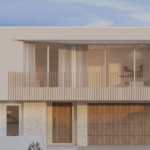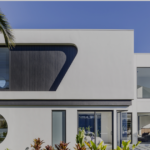Choose a home style that suits your family, your climate, and is designed to last.
The style of your home says much about how you live – and the environment you want to create. From contemporary open-plan living spaces to cosy bungalows, it is important to design a home that suits your lifestyle, your personality and your location.
Increasingly, we want a home design that celebrates the Australian lifestyle, has a connection between inside and out, is designed with a view to the future and our environment, and with a flexible floorplan that can adapt and evolve as our family grows.
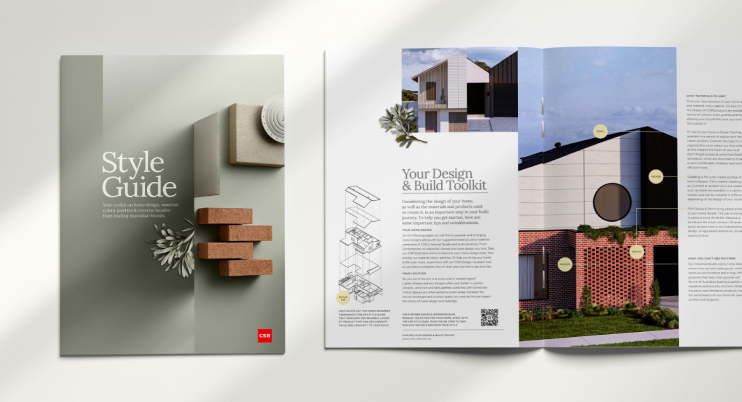
The new CSR Style Guide is like having a design expert by your side, guiding you through every step of your exterior facade style journey. This comprehensive guide is inspired by global and local trends, adapted to suit the Australian way of life and our environment. It will help you explore and define your unique style, from the initial dreaming and planning phase all the way through to selecting the perfect products for your home.
CSR has identified six home designs and nine exterior material colour palettes that hero the beauty, strength and design flexibility of our products and how they can be used on popular and emerging home styles.
It’s a deep dive into design styles and material colour palettes because, if you are building or renovating, it’s important to look at the whole package: the seen and unseen of your new house; how it looks and how it feels; and how it will last into the future.
We believe that having the confidence in your style and decisions from the start will ensure your new home has a consistent look and feels complete.
Using CSR products

The right exterior building materials will help you achieve the style you are looking for and the longevity you need. CSR products are crafted with the Australian climate in mind, ensuring durability and performance in even the most challenging conditions. From Cemintel’s fibre cement, which offers a versatile and resilient solution for cladding, to Hebel’s Autoclaved Aerated Concrete, known for its strength and energy efficiency, and long-lasting easy-care PGH Bricks and Stone, each product is designed to stand the test of time.
Climate considerations, such as passive design principles for energy efficiency and comfort, also play a crucial role. This will mean your home will not only look good but is functional and adaptable to our Australian environment, celebrating a lifestyle that is both laid-back and forward-thinking.
Bradford Insulation provides thermal and acoustic comfort, essential for maintaining a comfortable home environment year-round, while Monier roofing solutions offer protection and style, designed to withstand the harsh Australian sun, wind, and rain. All these products embody CSR’s commitment to delivering quality, making them the go-to choice for Australian homeowners who want to build with confidence.
Indoor / outdoor flow
Modern Australian homes celebrate the generous sunshine and warmth of the Australian climate, which is why more homeowners are opting for open-plan living spaces that connect with outdoor entertaining areas.
Our love of the outdoors means that creating a connection between the indoor and outdoor spaces is important – and a significant part of new builds or renovations. CSR products are also suitable for indoor use and, when combined with thoughtful design, can visually connect the interiors and exteriors, maximising the flow between the two spaces.
Consider installing a feature wall of weatherboards or bricks in an open-plan living section, continuing the material through to an outside entertaining area for a coordinated approach.
For example, you could design a Barnhouse style of home using PGH Stone as part of the exterior, complemented by a stone feature in an outdoor kitchen and barbecue area. Alternatively, look to a classic style of home featuring Cemintel weatherboards and timber-look cladding outside, finished in a crisp white palette and paired with a feature wall in the internal living space.
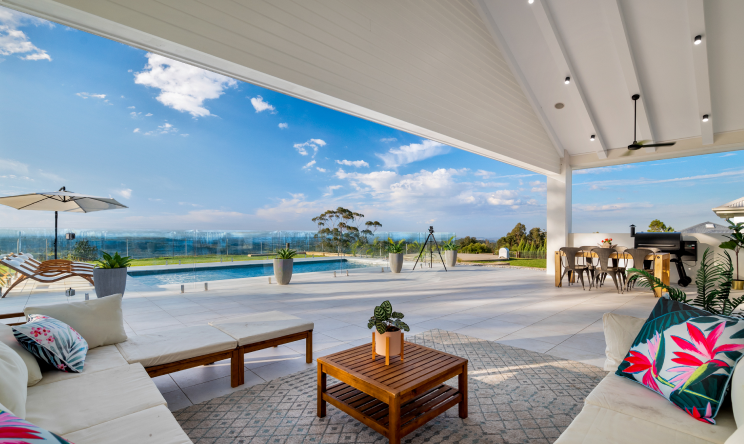
Building for the future
A well-designed house, no matter the style, can be future-proofed by choosing quality building materials and creating a flexible floorplan.
Study areas can become extra bedrooms if needed, while a master suite or studio space can morph into a self-contained section suitable for ageing parents or adult children as the years pass.
When building your forever home, it’s important to make sure that your building materials are designed to last for decades and are low maintenance. By specifying CSR products, you are choosing materials that are designed for Australian conditions and meet Australian building codes and standards, including bushfire ratings, if necessary.
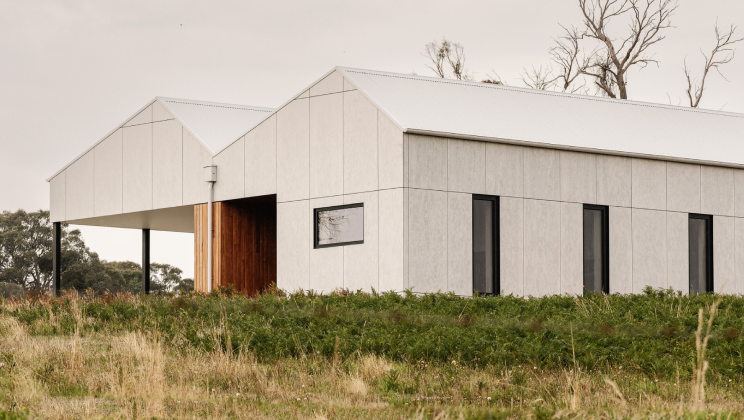
Regional style
With many Australians opting for a tree change – either permanently, or as an occasional escape from city life – there are extra things to consider if you want to build in a rural or regional location. Coastal living, too, comes with its own challenges.
Firstly, it pays to thoroughly research the climate zone where your house is located, as tropical zones have different requirements to more temperate climes. Identifying your climate zone will allow you to see whether you need to focus on designing your home for passive heating or passive cooling.
It’s important to select hard-wearing, low-maintenance and weather-resistant building materials for your facade, especially if it is exposed to the harsh weather conditions and extreme temperatures of many country or coastal locations.
Rural homes in bushfire-prone areas will also need special consideration when it comes to building material choices, whether you are thinking of fibre cement, Hebel or brick. Talk to your local council about the requirements of your area to ensure you choose a complying material.
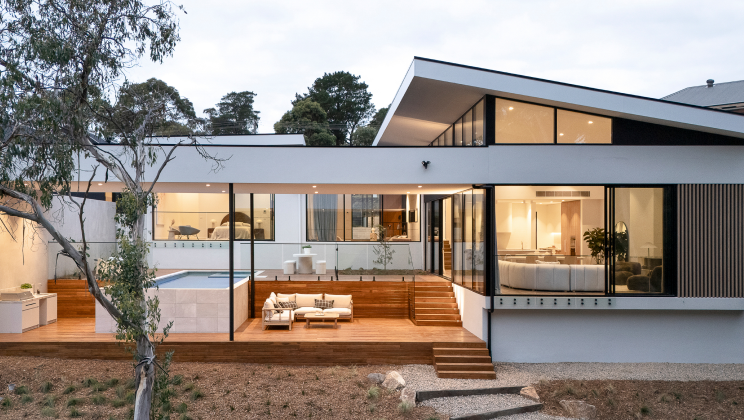
Orientation
It’s important to consider how your house sits on your land. The position and direction of your house, known as its orientation, can influence how light comes into the home, and how you can maintain a comfortable temperature throughout the year.
The path of the sun in Australia is to the north, so most homeowners choose to have their living spaces facing north so those rooms receive sun for the longest period of the day. Many will also limit the size and number of windows on west-facing walls to reduce exposure to the heat of the afternoon.
If you are in a hot climate, you can also look at roof ventilation. High temperatures in your roof space makes air conditioning less efficient as it has to work harder to push cool air into the living areas. Ventilation can help remove this heat, saving money and energy.
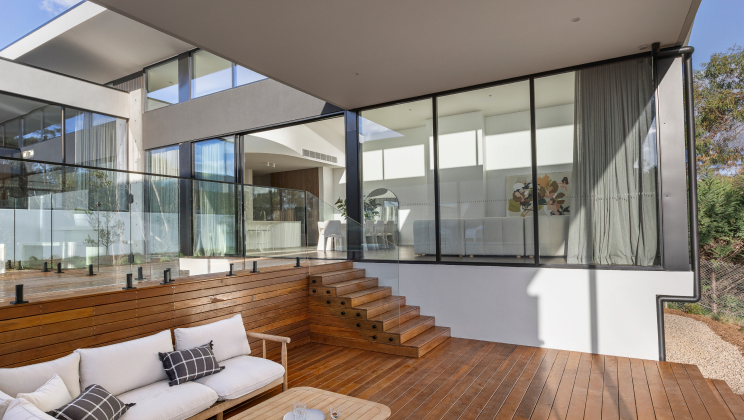
Interested in more?
By providing building solutions for a better future, CSR is more than just a product supplier; we are a partner in your build, helping to bring your home to life. Visit our inspiration section for more information, inspiration and trends to watch.
- CSR Style Guide
- CSR Styles
CSR Dwelling Blog
Helpful design tips, industry news, customer stories and more
Popular posts
Tags
- 7 Star Rated
- AFS
- Alisa and Lysandra Fraser
- Aquachek
- Bathroom
- Bathroom Trends
- Bathrooms
- Bedroom
- Bradford
- Bradford Gold
- Bradford Insulation
- Bradford Optimo
- Bradford Soundscreen
- Bradford Ventilation
- Bricks
- Building
- Children
- Club House
- CSR
- CSR Style Guide
- CSR Styles
- Curves
- Decorating
- Design
- Design Duo
- Dining
- Energy Efficient
- Ensuite
- expert
- Expert opinion
- Facades
- Flexible
- Flixible
- Garden
- Get The Look
- Growing Home
- Guest Bathroom
- Guest Bedroom
- Guest Ensuite
- Gyprock
- Gyprock Aquachek
- Gyprock Flexible
- Gyprock Plus
- Home tours
- Insulation
- Kids bedroom
- Kitchen
- Kitchen Trends
- Latest trends
- Living
- Master Bedroom
- Morada
- News
- Outdoor
- PGH Bricks
- Pool
- Pools
- QLD
- Real Estate
- redo
- Renovating
- Renovations
- Room Reveals
- Studio
- Study
- study space
- Supaceil
- Sustainability
- The Block 2022
- The Block 2023
- The Block 2024
- Tips and tricks
- Tree Change
- Video
- Video Content
- Walk in Robe
- work from home

